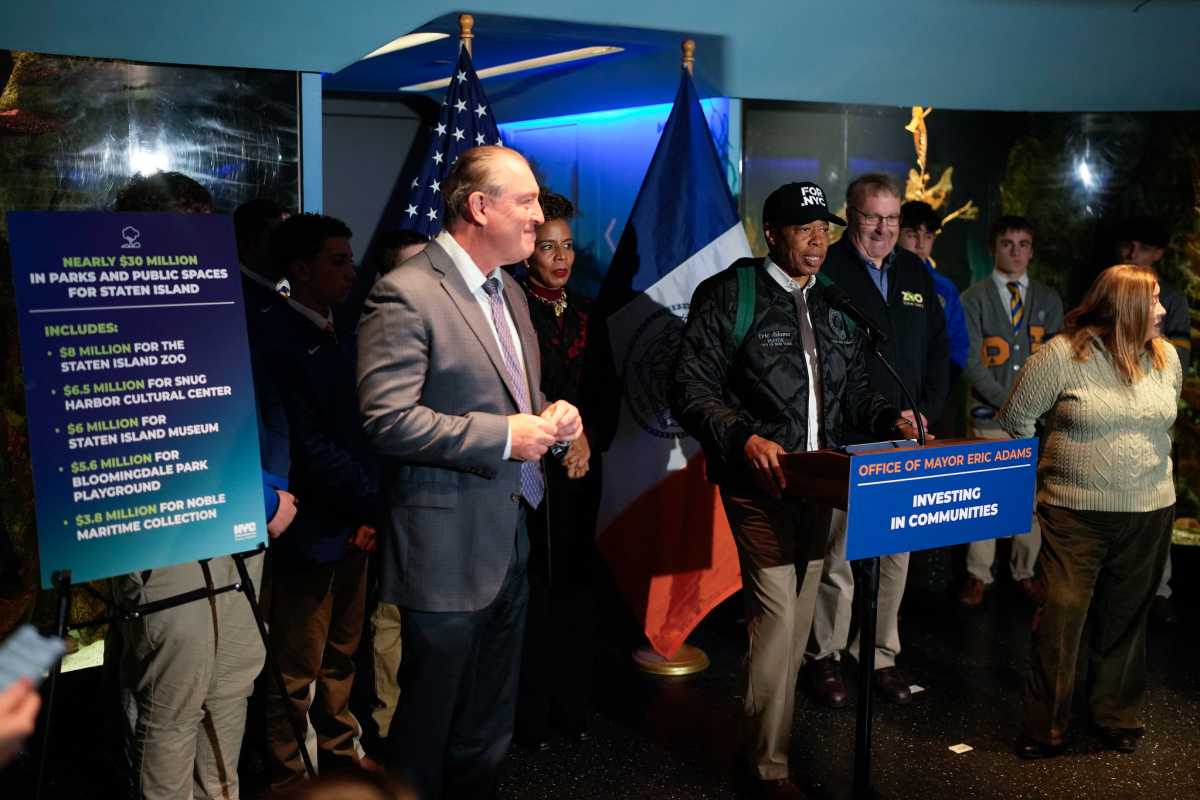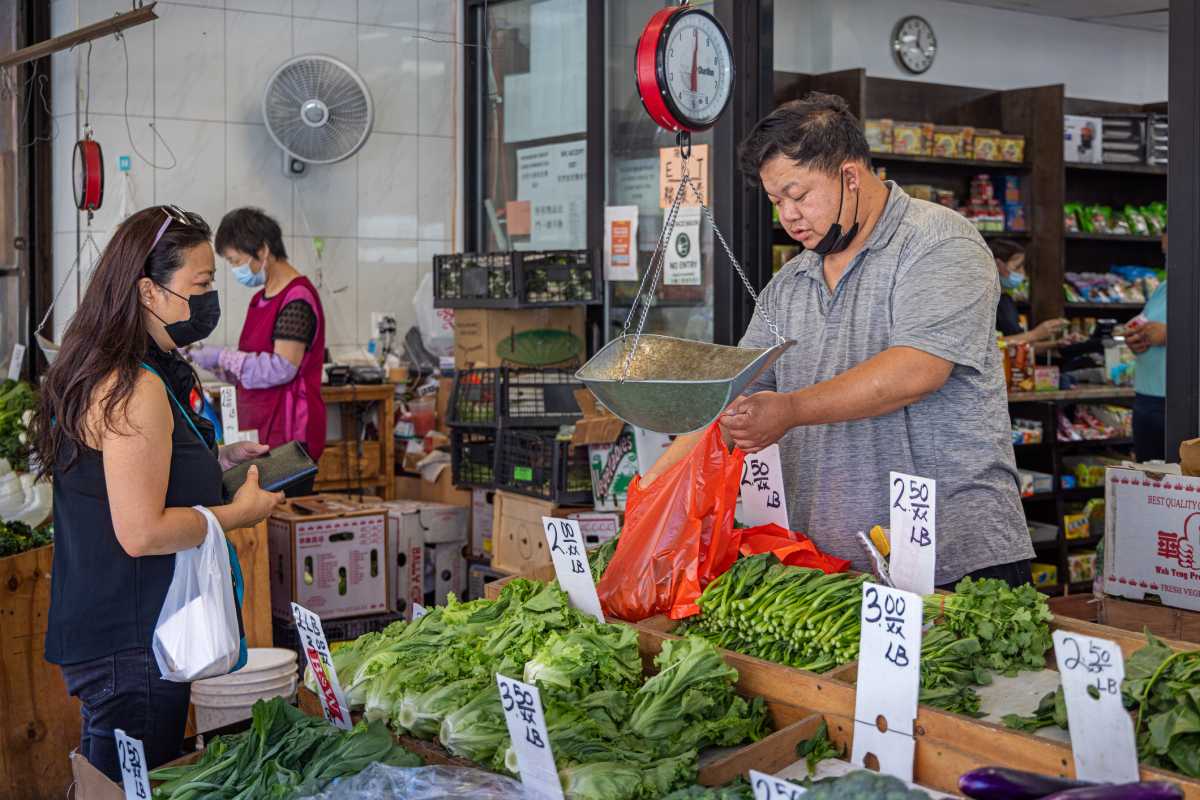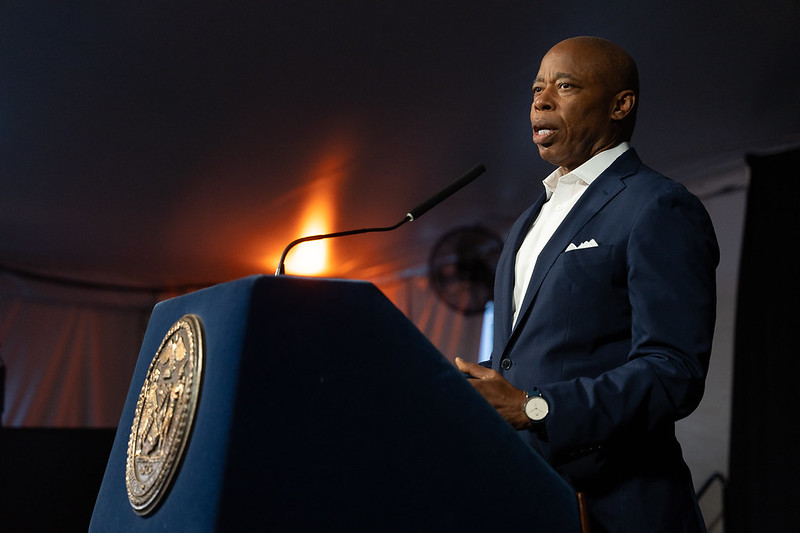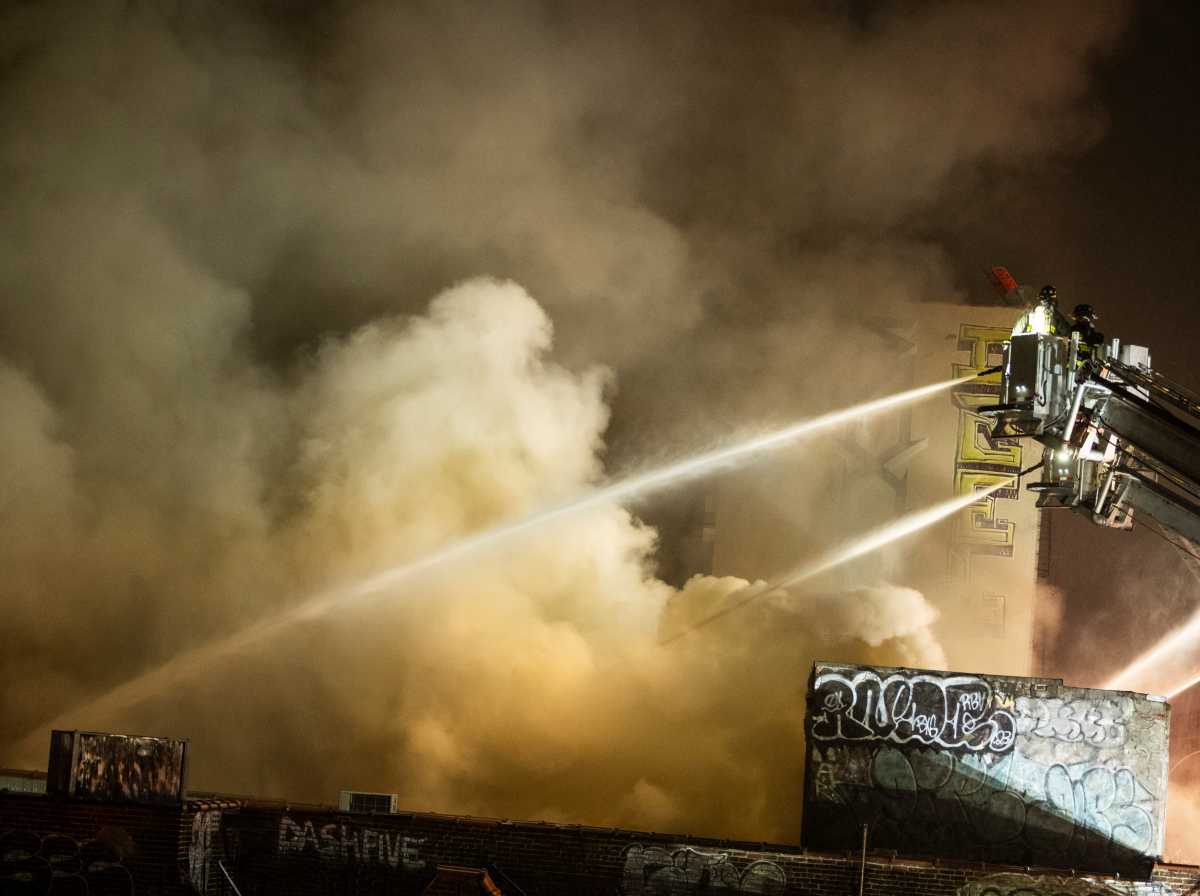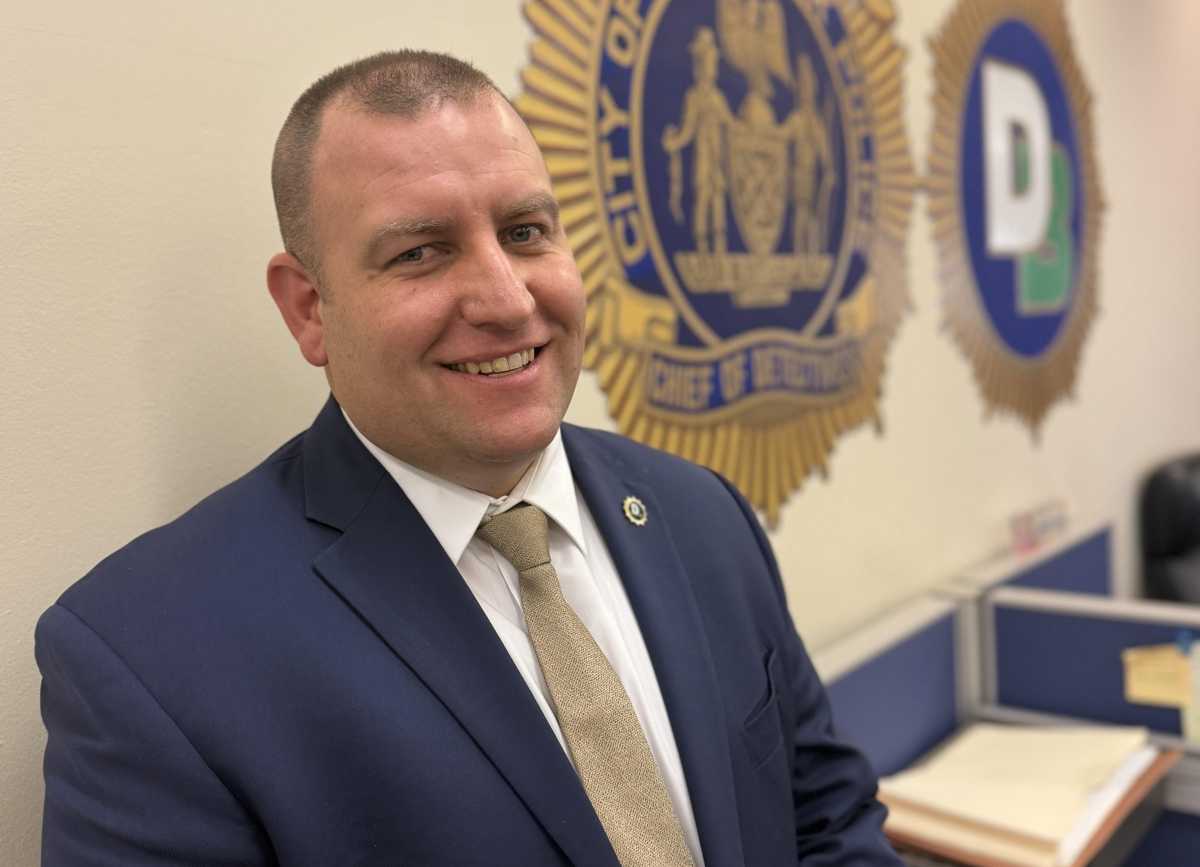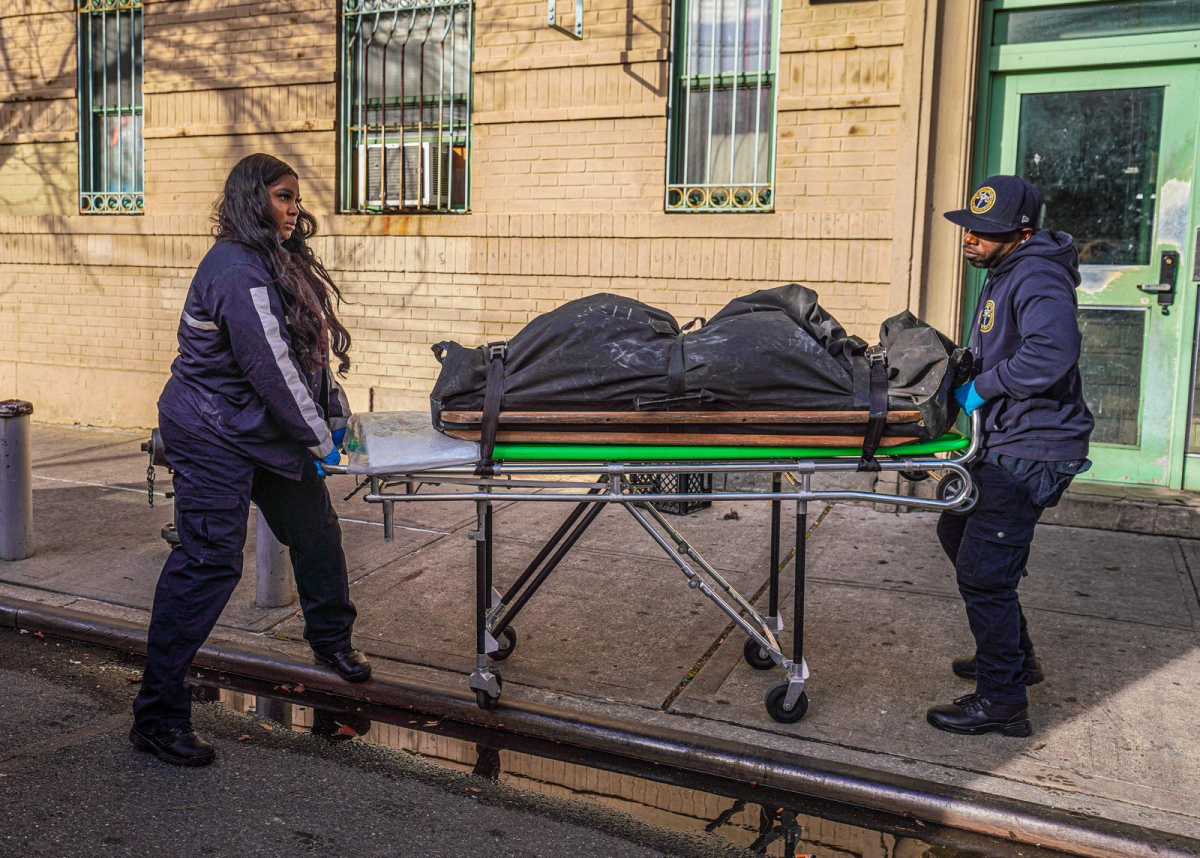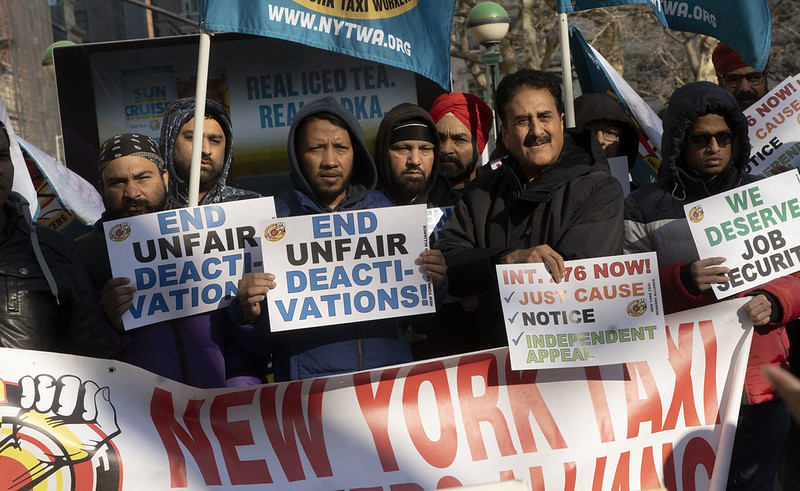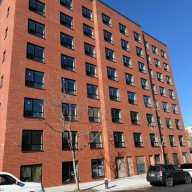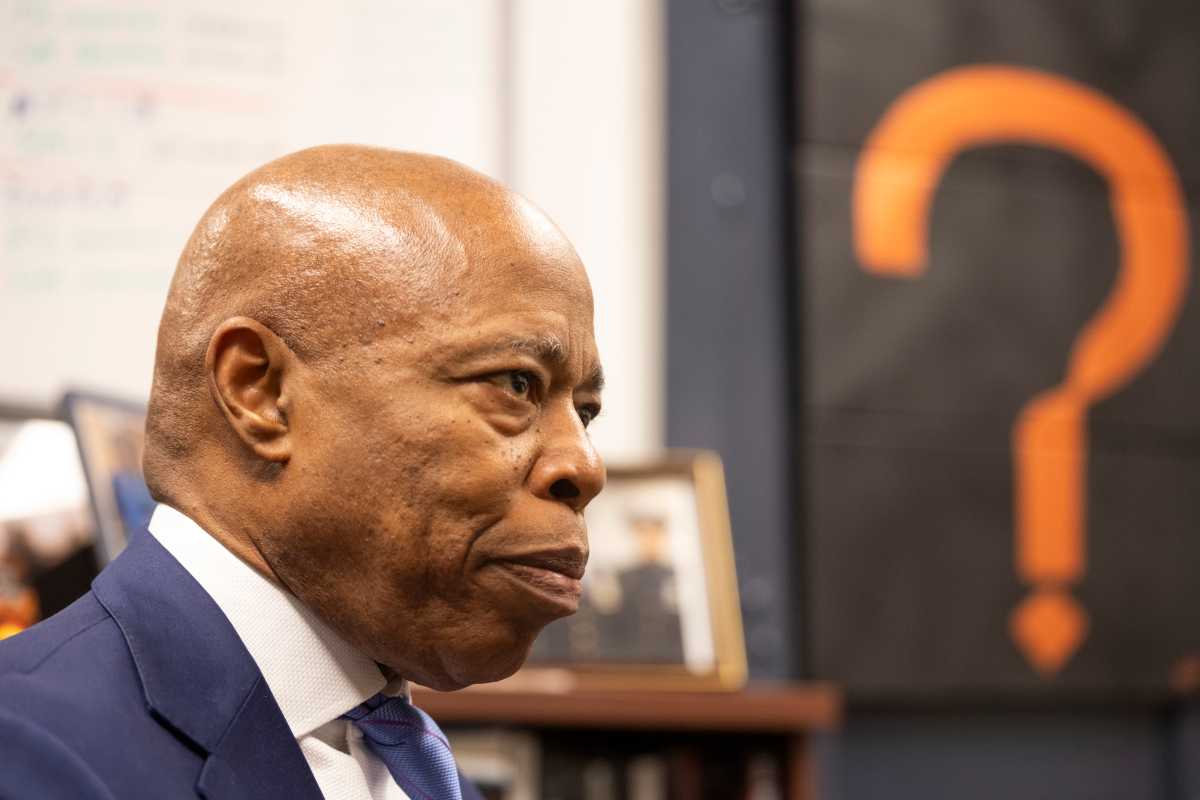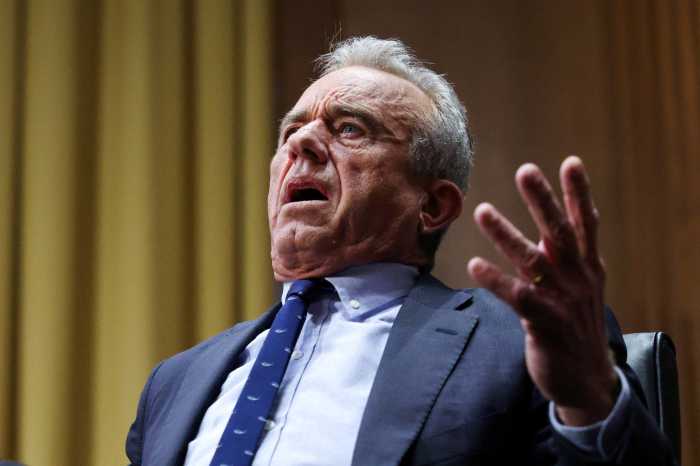Over the course of the 1970s, an estimated 40 fires a day burned in the South Bronx, destroying 80% of housing stock in the area and displacing 250,000 residents. Thanks to the hard-fought activism of longtime residents who paved a brighter future for their beloved borough, the Bronx has remained resilient in the face of decades of disinvestment. Now, many of those residents are aging — and may soon be priced out of the Bronx entirely.
The average cost of rent in the Bronx has risen nearly 20% over the past decade, outpacing the change in median household income by more than 13%. The numbers simply do not add up for the increasing number of longtime residents who are now struggling to grow older in the same communities they helped build.
Fortunately, Mayor Adams has made a commitment to accelerate the creation of affordable supportive housing for seniors, which is a welcome step forward. While it will take years for that effort to fully take shape, a recent construction milestone at an upcoming residence is showing the Bronx — and the entire city — how to build senior housing right.
Volunteers of America-Greater New York (VOA-GNY) and leaders in the Bronx just celebrated the “topping out” of construction at Andrews Avenue South Senior Residence in University Heights. With construction now halfway complete, we are one step closer to providing a measure of relief for Bronx seniors. When it opens next summer, the new building will provide permanent housing to very low- and low-income seniors (aged 62-plus), with a total of 118 apartments, 37 of which will be reserved for seniors who are chronically homeless.
Crucially, this work builds on past successes in the Bronx. In 2021, VOA-GNY opened East Clarke Place Senior Residence, which provides 122 units of housing for very-low and low-income seniors, with 37 units reserved for seniors who are chronically homeless.
The design and construction of each property reflects the unique needs of older adults to age safely, with dignity and community. From designing the physical layout of apartments to accommodate reduced mobility and vision, to offering on-site support services by trained and licensed staff with deep experience working with aging adults, each building is specially equipped to serve the needs of older adults. As with East Clarke Place, Andrews Avenue South will have on-site case management and wellness staff to help residents access benefits, create connections with community resources and assist with medication management. The building will also offer exercise classes, fall prevention resources and social events to help foster community.
The response to these buildings has been overwhelming: When East Clarke Place opened, VOA-GNY received 26,000 applications for 84 available units, including hundreds of handwritten notes. This is a clear sign that demand far outstrips availability — and that New York is failing its moral and financial responsibility to its senior population.
We’re rapidly approaching an emergency and we need to act quickly. Older adults are the fastest growing population in New York — with the population increasing 31% from 2011-2021 — now representing 1 in 5 New Yorkers. The number of older adults living below the poverty line is also growing, with 1 in 8 older New Yorkers living in poverty and older immigrants and people of color experiencing poverty at the highest rates.
It does not have to be this way. We’ve already seen what is possible at East Clarke Place, and a second Bronx neighborhood will soon experience these benefits as well. Now, we need to replicate this model across New York.
That effort should include citywide proposals originally outlined by City Hall, such as leveraging innovative zoning incentives, expanding rent assistance programs for seniors, and increasing their enrollment and accelerating the creation of housing by promoting internal efficiencies. These would pay immediate dividends.
But the nonprofit human services sector also needs support to help our seniors thrive. As part of our senior housing effort, city leaders must address chronic staffing shortages in the sector. Crucially, this includes meaningful cost-of-living adjustments for a vital workforce that is being paid poverty wages due to insufficient and outdated government contracts.
There are straightforward solutions to this worsening crisis, and we’ve already seen the benefits of affordable senior housing in the Bronx. Now, we can’t let up until every senior in New York has a safe, comfortable and affordable place to call home.
Vanessa Gibson is the Bronx borough president. Julia Oliver is the executive vice president and chief operating officer of Volunteers of America-Greater New York.
For more coverage, follow us on Twitter, Facebook and Instagram @bronxtimes



